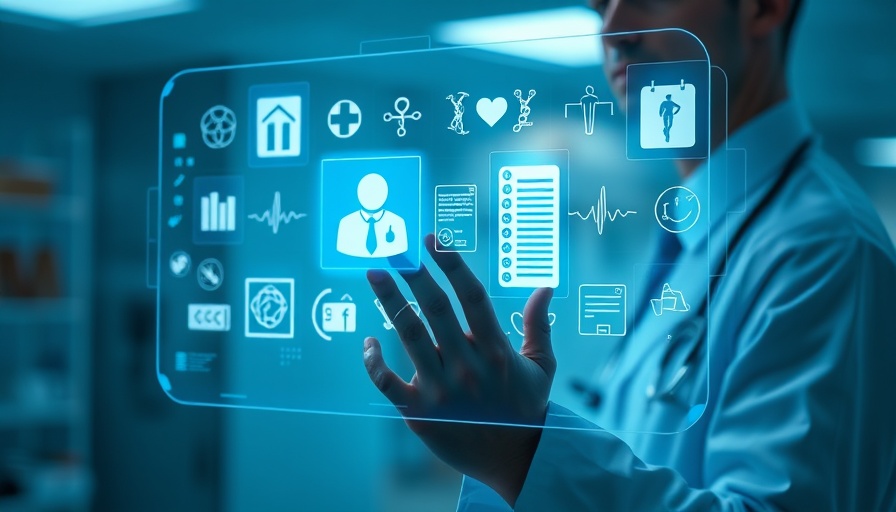
Understanding Cloud Repatriation in Healthcare
As healthcare organizations navigate the complexities of technology and costs, many are reconsidering their reliance on public cloud services. A growing trend in this evaluation is cloud repatriation. This strategy involves moving certain workloads back to on-premises infrastructure to optimize spending and compliance, particularly as costs associated with cloud services continue to rise.
Why Move Back to On-Premises?
Healthcare IT leaders are under immense pressure to manage budgets effectively. With significant portions of cloud spending wasted on underused resources—estimated to be around 21%—organizations are looking for smarter solutions. Caitlin Gordon, vice president of product management at Dell Technologies, comments, "The unpredictability of cost for some workloads in the cloud has become untenable." Repatriation provides a way to cut unnecessary spending while still allowing for strategic use of cloud services.
The Role of Compliance in Decision Making
Compliance regulations can dictate how healthcare organizations manage their data. Many are bound by strict rules governing patient data and privacy, which often leads them to consider moving sensitive workloads back on-premises. In doing so, they not only address security concerns but also ensure they remain compliant with industry regulations.
Insights into Hybrid and Multicloud Strategies
While some institutions are fully opting for on-prem solutions, others are transitioning towards hybrid or multicloud setups. This versatile approach allows them to leverage the strengths of both cloud and on-premises infrastructures. The decision-making process includes evaluating which workloads are best suited for cloud environments and which ones should be secured on dedicated systems.
Preparing for the Future: AI and Its Infrastructure Needs
With the advancement of artificial intelligence, healthcare organizations are increasingly investing in their own infrastructure to support private AI applications. According to Rob Tiffany from IDC, firms are looking to train large language models on their hardware using proprietary data. This move not only increases security but also enables organizations to harness AI capabilities tailored specifically to their needs without reliance on outside vendors.
In conclusion, as healthcare IT leaders weigh the benefits of cloud repatriation against operational efficiency and regulatory requirements, it is clear that technology's role in healthcare is evolving. The focus is shifting toward customized solutions that empower organizations to better control their resources and patient data.
 Add Row
Add Row  Add
Add 




Write A Comment